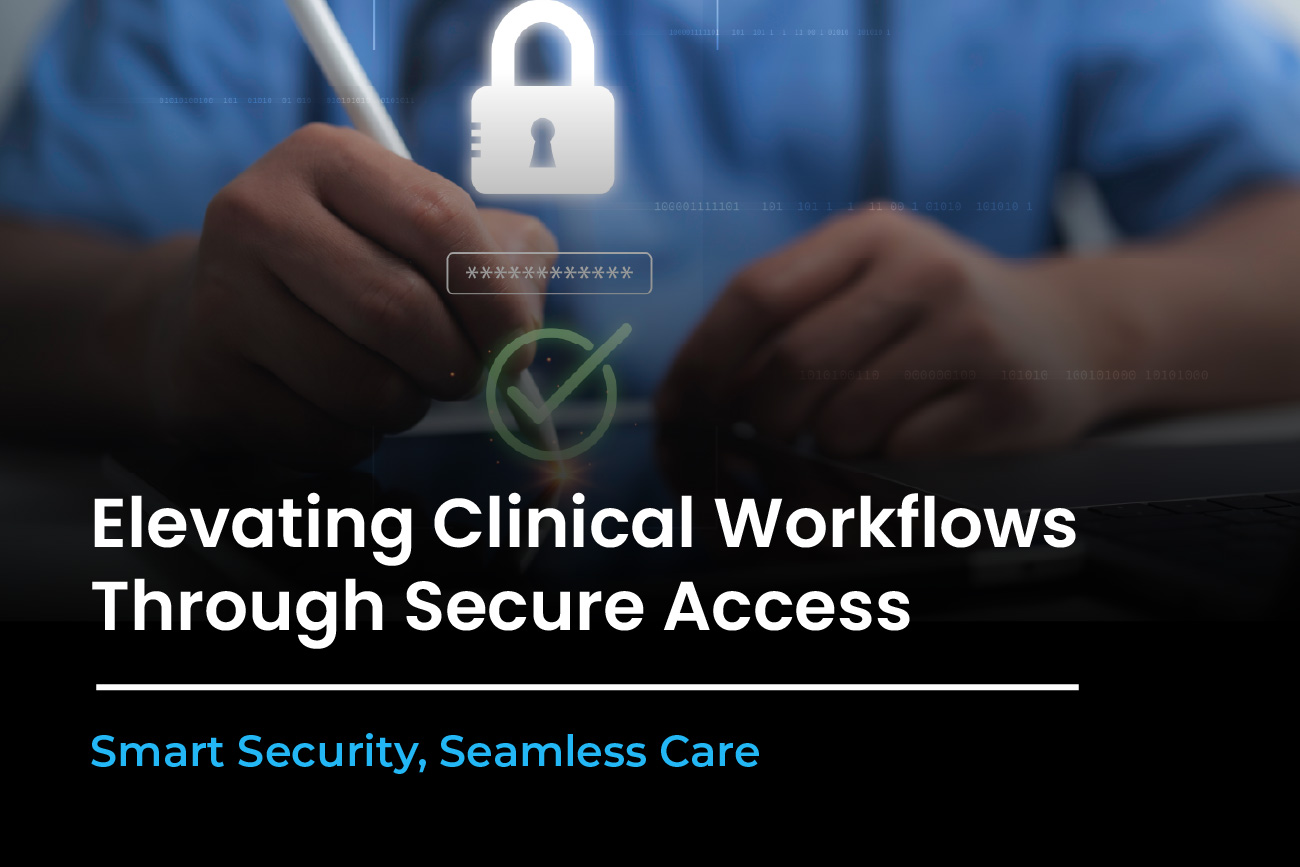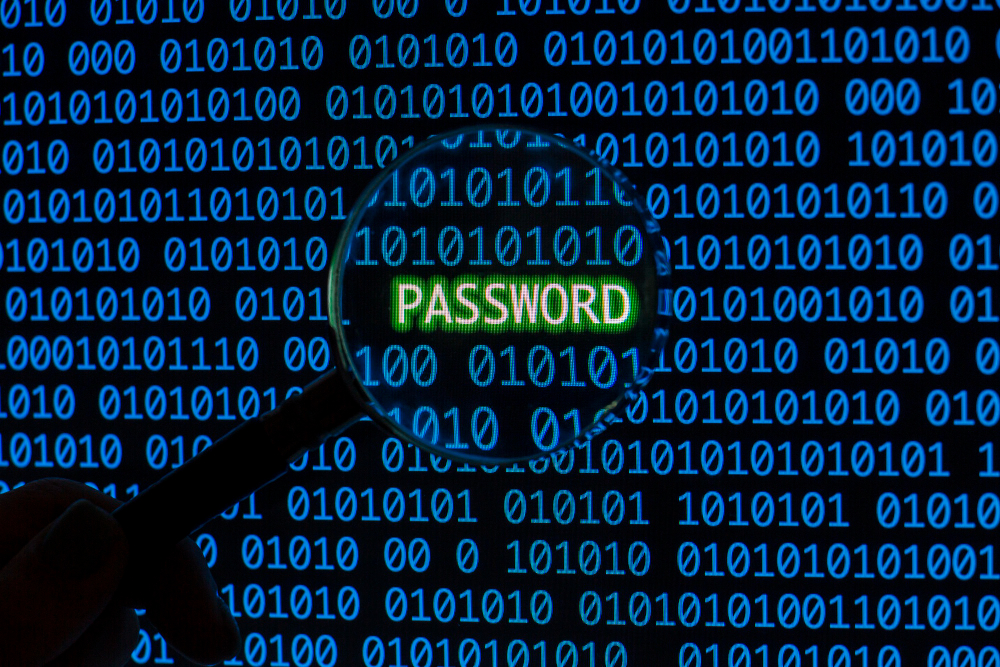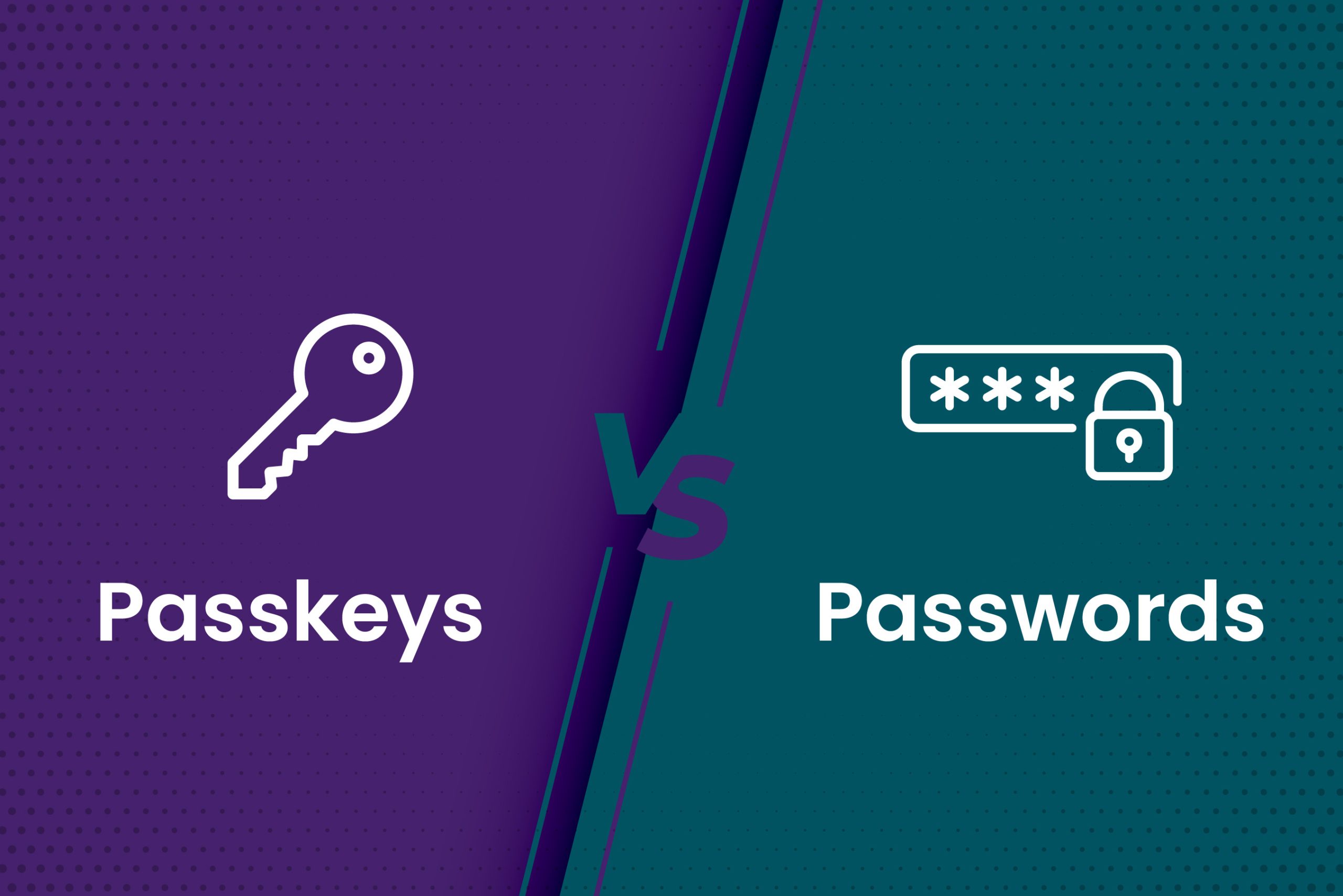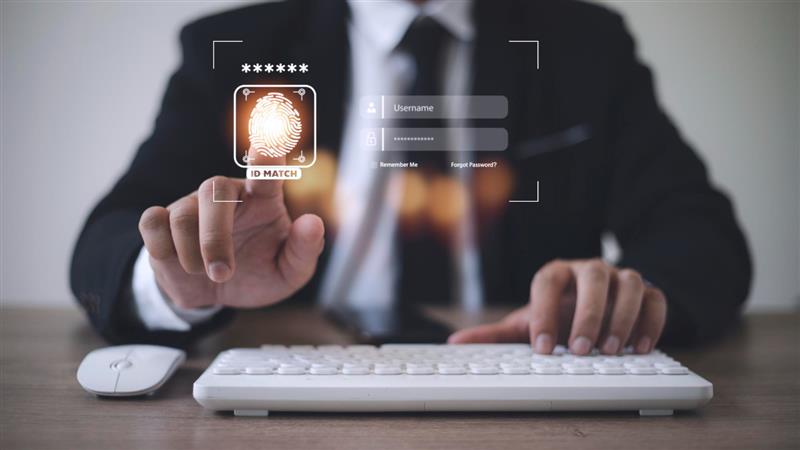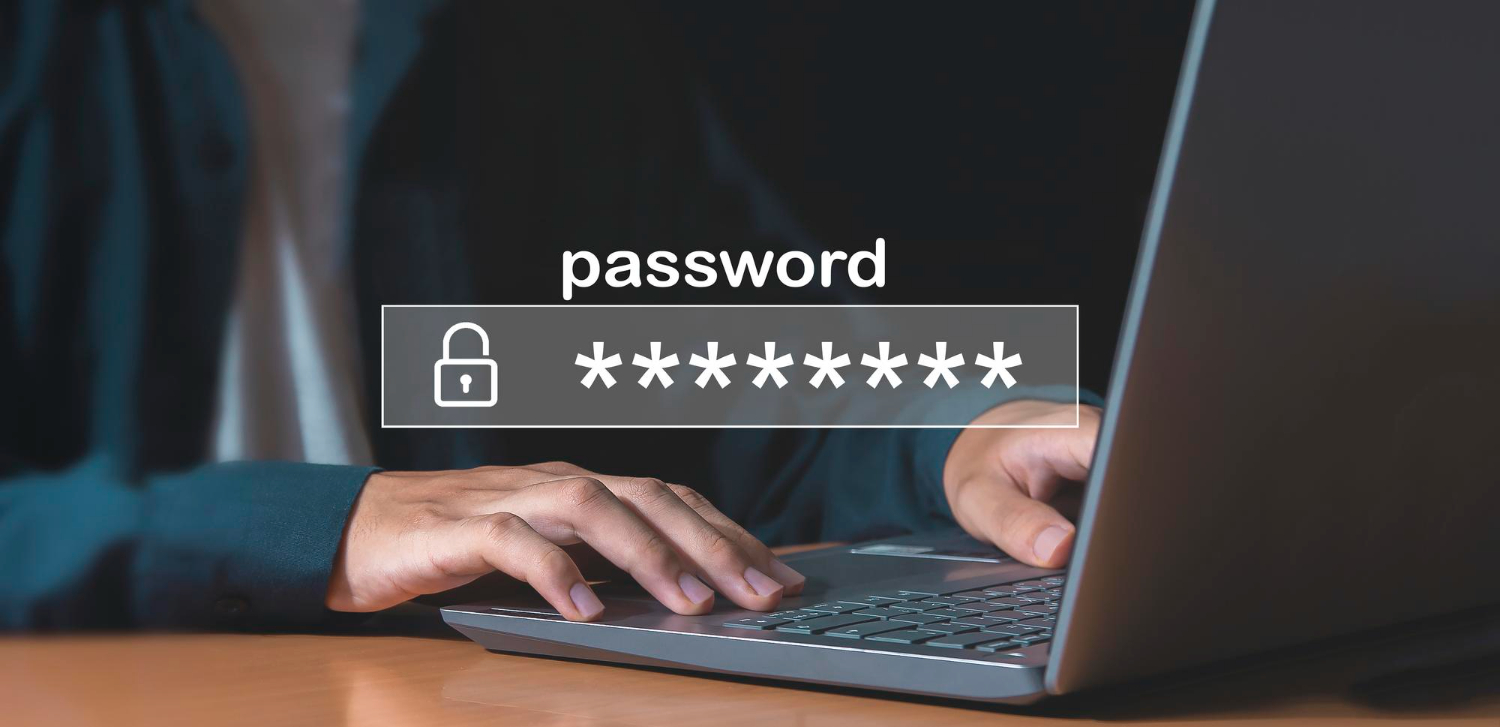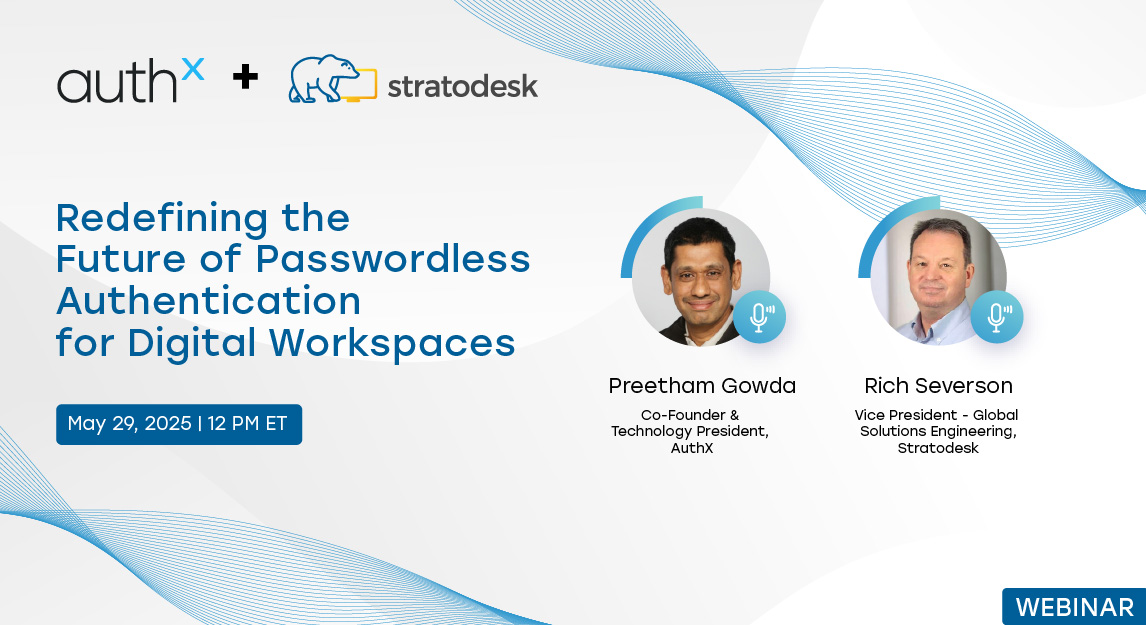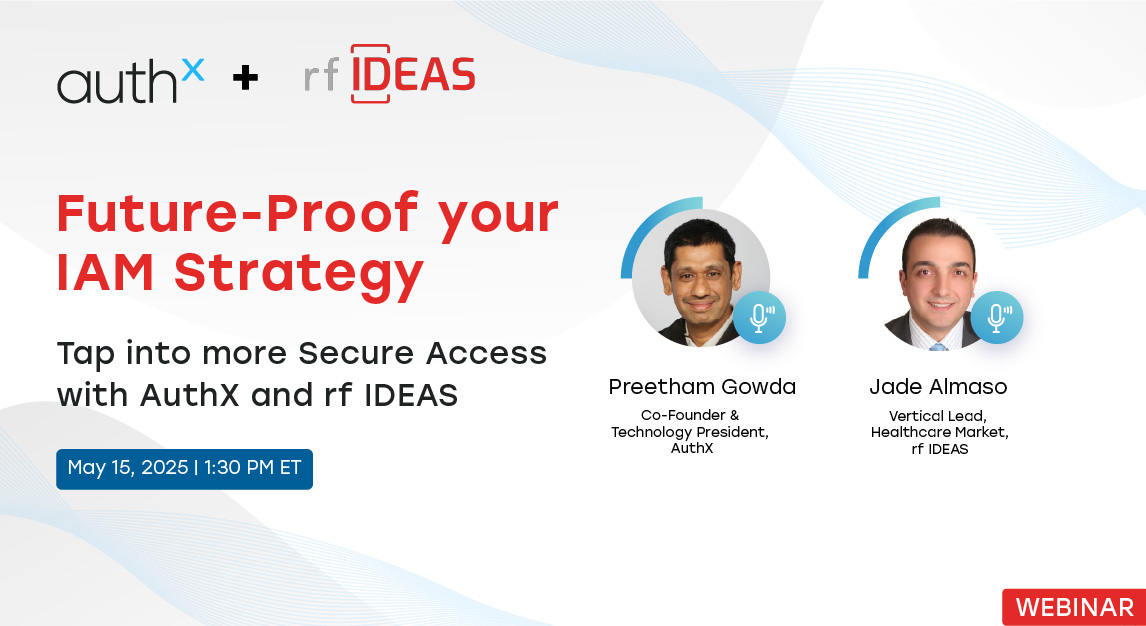Clinicians can’t rely on passwords. But IT can’t compromise on security. This constant trade-off between seamless access and regulatory compliance is a daily struggle in healthcare settings.
On top of that, endpoint management remains one of the most under-optimized areas in modern healthcare IT. Shared devices, 24/7 environments, and patching constraints are creating a usability nightmare. For example, bedside PCs are often shared between clinicians during a shift. These devices are expected to stay on and connected—frequent reboots for patching or maintenance can disrupt care. It’s not just inefficient; it’s a patient safety concern. The problem is particularly challenging in settings such as remote access, ambulatory clinics, and acute care settings where physicians require quick, safe logins without having to go through extra steps.
So, how can healthcare organizations better manage this intricate healthcare IT environment while providing their clinicians with safe, effective access to the data they require?
That’s where Stratodesk and AuthX come in.
The New Reality of Healthcare IT
IT leaders know the stakes. Downtime in a hospital isn’t just a financial risk, it’s a patient safety issue. The problem? The attack surface is growing faster than most organizations can secure it.
More remote providers accessing hospital systems from unmanaged devices.
Increased use of thin clients and VDI to simplify management (but with security gaps).
A mix of legacy and cloud applications that create authentication headaches.
Healthcare IoT devices with little-to-no built-in security
A CISO recently told us, “We can’t keep patching over the cracks. We need an approach that reduces our risk, not just manages it.” That’s the shift we’re seeing—organizations are moving from reactive security to proactive, Zero Trust-driven strategies.
Why Endpoints and Access Points Matter More Than Ever?
Most cyberattacks don’t start with a Hollywood-style hacking scene. They start with something simple: a stolen password, a compromised endpoint, or a phishing email.
1. Endpoints Are No Longer Just Laptops and Desktops
The definition of an “endpoint” has changed. While laptops and desktops remain important, thin clients, tablets, mobile devices, and even internet-connected medical equipment are also included. These devices present vulnerabilities for cyberattacks if they are not adequately secured.
To increase security and streamline endpoint administration, a lot of healthcare institutions are implementing virtual desktop infrastructure or VDI. However, risks cannot be eliminated by VDI alone. Inadequate access controls can still allow unauthorized users to take advantage of security flaws, and setup errors can disclose confidential data.
With its NoTouch OS, Stratodesk offers a powerful and highly secure operating system that is made especially for healthcare endpoints. NoTouch OS lowers the risk of malware, ransomware, and data breaches by turning PCs, laptops, and thin clients into easily controlled, locked-down systems.
Key benefits of Stratodesk include:
- Ultra-secure OS: No local data storage eliminates the risk of breaches if a device is lost or stolen. The read-only OS protects against malware.
- Simplified Endpoint Management: NoTouch Center provides centralized management, simplifying security policies, upgrades, and deployment across all endpoints more efficiently.
- Extended Hardware Lifespan: Repurpose outdated hardware by turning it into reliable and efficient clinical endpoints, which will cut down on e-waste and save cost.
Implementing trusted endpoint policies, strong authentication, and continuous monitoring is essential. Healthcare IT teams must ensure that every device connecting to their network meets security standards—whether it’s a thin client in a hospital or a remote provider’s personal tablet.
2. Passwords Are Still a Problem (But They Don’t Have to Be)
In cybersecurity, passwords remain one of the weakest spots. Even after years of security training, weak or commonly used passwords continue to be the main point of entry for attackers. In healthcare environments where professionals require quick access to patient records and vital systems, traditional passwords cause friction and enable risky workarounds.
Using Passwordless Authentication is one of the finest ways to improve security and usability. Technologies like:
- Biometric authentication (fingerprint, facial recognition)
- RFID-based access with badge authentication
- Smart card login and tap-in, tap-out functionality
…allow clinicians and staff to securely access systems without the risks associated with passwords. These methods reduce credential theft, minimize phishing risks, and improve workflow efficiency by eliminating the need to repeatedly enter credentials throughout the day.
AuthX complements Stratodesk by providing cutting-edge Passwordless Authentication Solutions. AuthX eliminates the need for traditional usernames and passwords, offering a more secure and user-friendly access experience.
Key features of AuthX include:
- Passwordless SSO: Secure access to multiple applications with just a tap, face scan, or push notification.
- Enhanced Security: Eliminates vulnerabilities associated with passwords, such as phishing and brute-force attacks.
- Improved Workflow: Faster login times and seamless user experience boost clinician productivity.
- Desktop Lock: Automatically locks workstations when users are away or inactive, preventing unauthorized access.
3. Zero Trust Is No Longer Optional
Zero Trust is now the standard approach to securing healthcare IT environments. The core principle—never trust, always verify—means that every access attempt is continuously validated, whether the user is inside or outside the network.
A strong Zero Trust strategy includes:
- Multi-Factor Authentication (MFA) as a requirement for all user logins.
- Device trust verification, ensuring that only compliant and secure endpoints can access sensitive systems.
- Least privilege access, limiting user permissions to only what is necessary for their role.
- Continuous authentication and risk assessment during a session, not only during login.
Single Sign-On, or SSO, has been used by many businesses to streamline access, but it is insufficient alone. Contextual access controls and risk-based authentication must be used in combination with it to stop unauthorized users from accessing critical systems.
Strengthening Endpoint and Access Security in 2025
To build a secure and resilient healthcare IT environment, organizations must take a proactive approach. The most effective strategies include:
Enforcing Trusted Endpoints
It is not always safe to trust devices that connect to healthcare systems. Before allowing access, security policies should enforce endpoint compliance, ensuring that only devices that are permitted and configured properly can connect.
- Managed workstations and thin clients offer a secure substitute for traditional PCs.
- Security policies for tablets and smartphones can be enforced via Mobile Device Management (MDM) systems.
- Real-time threat identification and mitigation is facilitated by Endpoint Detection and Response (EDR) tools.
Healthcare companies can reduce the risk of endpoint-based attacks by ensuring all devices adhere to security regulations.
Using Strong Authentication for VDI and Cloud Access
Virtual desktops and cloud-based applications are essential for modern healthcare workflows, but they must be secured with strong authentication measures. Implementing Passwordless Authentication, Adaptive MFA, and Device Trust policies ensure that only verified users can access virtualized environments.
Authentication methods should be both secure and seamless. Badge-Tap authentication, Biometrics, and Risk-based Adaptive Access Policies allow providers to securely log in without disrupting patient care.
Automating Security and Compliance Monitoring
Manually managing security policies and compliance is no longer practical. Healthcare organizations are adopting automated security solutions to:
- Continuously monitor user behavior for suspicious activity.
- Enforce compliance policies without manual intervention.
- Detect and respond to threats in real time.
Automating these processes strengthens security without increasing the burden on IT teams.
Security and Usability Must Work Together
One of the biggest concerns in healthcare IT security is balancing protection with usability. Security measures must not slow down clinical workflows or create barriers that lead to workarounds.
Modern authentication and endpoint security solutions are designed with this in mind. Key technologies include:
- Context-aware authentication, which adapts based on user behavior and device security.
- Tap & Go access, allowing clinicians to move between workstations without repeated logins.
- Persistent sessions, enabling users to maintain access as they move between devices.
By prioritizing both security and user experience, healthcare organizations can protect patient data while ensuring that providers have fast, seamless access to the systems they need.
Looking Ahead: The Future of Healthcare IT Security
The healthcare sector will continue to deal with growing cybersecurity issues in 2025. However, organizations that proactively upgrade their endpoint and access security measures will be best positioned to protect patient data while maintaining operational resilience.
Key takeaways for IT leaders:
- Eliminate passwords where possible – passwordless authentication reduces risk and improves workflow efficiency.
- Enforce Zero Trust principles—access should be continuously verified, not just granted at login.
- Secure every endpoint—all devices, from thin clients to mobile devices, must meet security standards before connecting.
- Automate security and compliance monitoring—real-time detection and response reduce risk exposure.
Healthcare IT security is not just about compliance; it’s about ensuring resilience in an increasingly digital and connected environment. The right approach to endpoint security and access management will determine which organizations are best prepared for the future.
Learn more about AuthX and Stratodesk healthcare solutions.

